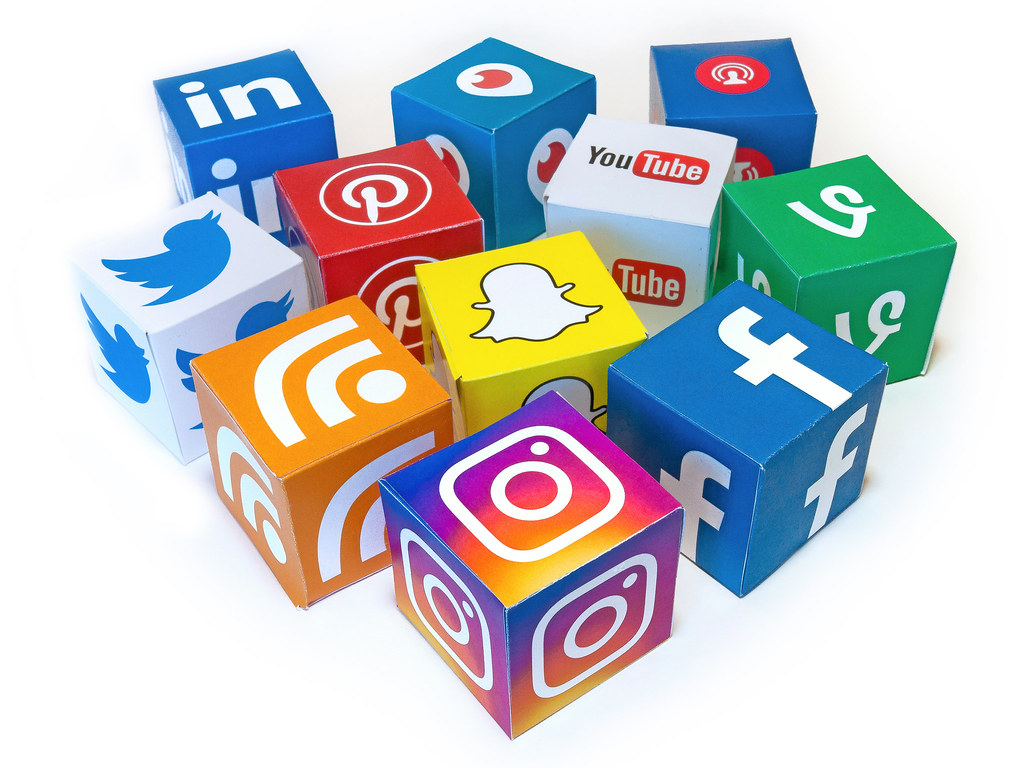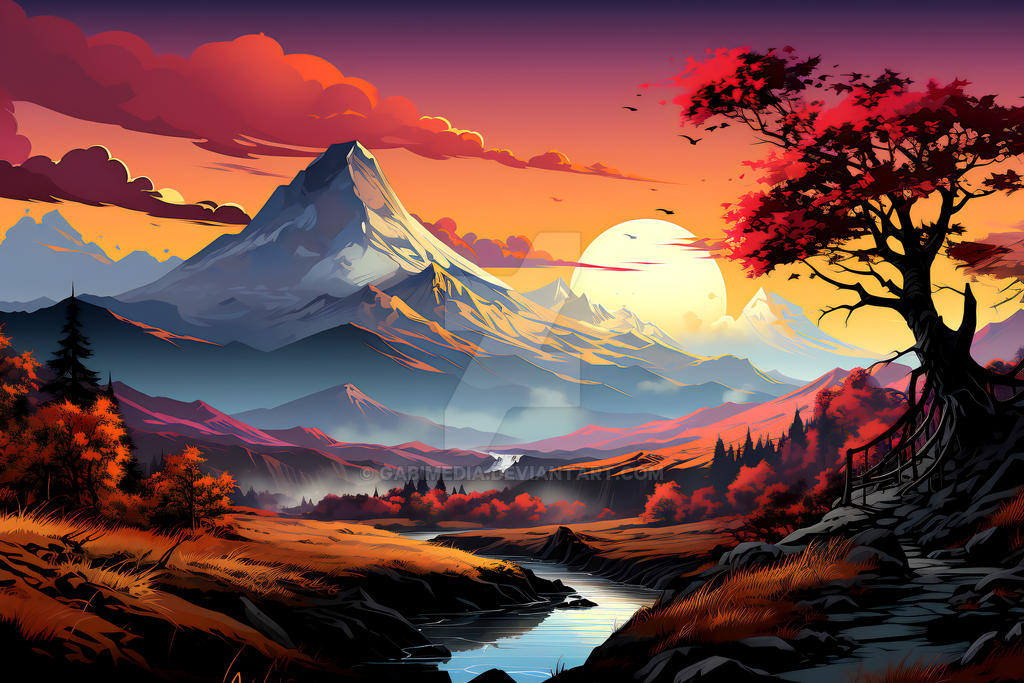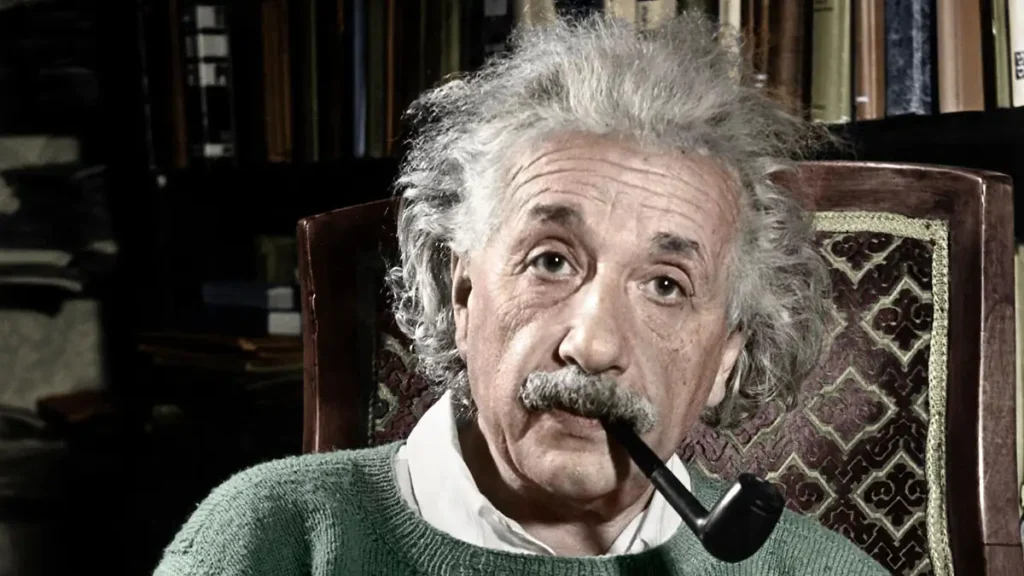Coding – A Gateway to Creativity
Coding is often seen as a technical skill tied to math and logic, leaving many to believe it’s only for those with a knack for numbers. However, coding is far more than just crunching algorithms; it’s a gateway to creativity that allows you to build, design, and create almost anything you can imagine. From interactive websites to music, art, and even storytelling, coding transforms ideas into reality, making it one of the most versatile tools in modern creativity.
By learning to code, you gain the power to not only solve problems but also express your unique vision. Whether it’s crafting immersive video games or designing a digital artwork, coding offers endless possibilities for experimentation and innovation. In this article, we’ll dive into how coding fuels creativity, with real-world examples of people who have used programming to create art, music, and more. We’ll explore how this once “technical” skill has become a creative playground where imagination meets technology.
Coding as a Creative Medium: More Than Just Problem-Solving
Coding is not just about writing lines of code to solve problems; it’s about building something from the ground up, just like an artist starts with a blank canvas. Whether it’s a website, an app, or a video game, coding allows you to turn abstract ideas into functional, interactive realities. You get to make design choices, experiment with different features, and bring your creative vision to life, pixel by pixel or line by line.
Coding platforms like Scratch, Processing, and P5.js make it easy to blend creativity with technology. These tools allow anyone—regardless of technical background—to create interactive art, animations, and even short films. In Processing, for instance, coders use lines of code to create dynamic visual artwork, where each change in the code results in a new visual outcome, much like painting with numbers. P5.js, on the other hand, extends this to web-based art, where you can build interactive installations that respond to user inputs.
Many coders use their skills to merge technology with creativity, crafting everything from generative art (art created with algorithms) to interactive storytelling. The possibilities are endless, and the act of coding itself becomes an artistic expression, where every keystroke brings you closer to realizing your creative vision.
Real-World Creativity: Coders Making Art, Music, and Games
Coding has opened up entire new worlds in creative fields like art, music, and game development. For instance, in the realm of art, coders use algorithms to create stunning generative artwork that adapts and evolves over time. Artists like Refik Anadol have used code to create massive data-driven installations, blending visual art with digital technology. The art is interactive and dynamic, offering a glimpse into how creativity and coding can merge to form a truly unique experience.
In the world of music, platforms like Sonic Pi allow coders to create music through programming languages. Musicians write code to generate beats, melodies, and rhythms in real-time, offering a completely new way to compose music. What makes it exciting is that coders can tweak their music in real-time, producing live performances where the audience experiences the artist’s coding process.
Gaming is perhaps the most visible example of how coding powers creativity. Indie game developers often start small, combining storytelling and code to create immersive gaming experiences. Toby Fox, the creator of the indie hit game Undertale, used coding to craft a unique narrative that reacts to players’ decisions, creating an emotional and interactive storytelling experience. Fox’s journey began with a simple idea and coding skills, turning that idea into a game that has resonated with millions of players around the world.
By translating their creative ideas into functional projects, coders bring abstract visions into reality, proving that programming is a powerful tool for any form of artistic expression.
Empowering Ideas: Coding as a Tool to Build Anything
One of the most empowering aspects of learning to code is the control it gives you over your own projects. Want to build an app? A website? A custom tool? With coding skills, you can create exactly what you envision, whether it’s a small personal project or something that could grow into a startup. Coding puts the power to build directly into your hands.
Take, for example, someone with an idea for an online store. Rather than relying on third-party platforms with limited customization, coding allows you to design every aspect of the store—its look, its features, and its functionality. Similarly, with just basic coding knowledge, you can create a personal blog or portfolio that perfectly reflects your personality and showcases your talents. The satisfaction of coding something entirely from scratch—watching your project evolve and grow—is unmatched.
Coding also plays a significant role in solving practical problems. Developers often create tools to automate tasks or build systems that streamline everyday processes. From developing a small script that organizes files to creating a community platform, coding helps you take creative control over problem-solving. Coding encourages innovation by allowing creators to address real-world challenges in new and exciting ways.
In a world where innovation is highly valued, coding offers the opportunity to blend creativity and practicality. It opens doors to entrepreneurial ventures, from startup projects to creating community-driven apps, where creative thinking and coding work hand-in-hand to solve problems and bring new ideas to life.
Interactive Coding Projects to Inspire Your Creativity
If you’re looking to dive into coding while unleashing your creative side, here are some interactive projects that are perfect starting points:
- Simple Game Design: Use platforms like Unity or Godot to design basic games. With free tutorials and templates, you can create your own platformers, puzzle games, or even simple 3D adventures. It’s a great way to combine storytelling, design, and coding into one project. Explore tutorials like the Unity Learn platform to get started.
- Digital Artwork: Try coding with Processing or P5.js to create generative art and interactive digital pieces. These platforms are designed for artists and coders to explore creative coding, where you can make abstract visuals, animations, or even interactive websites. Check out the Processing Foundation for resources.
- Personalized Music: Platforms like Sonic Pi allow you to compose music through code. You can experiment with beats, rhythms, and melodies, creating live music performances or recording your tracks. This is ideal for musicians who want to bring a new dimension to their work. Access free tutorials at Sonic Pi’s website.
These projects not only spark creativity but also help you build foundational coding skills. Whether you’re into games, art, or music, these platforms give you the freedom to explore your imagination through programming.
Overcoming the “Non-Creative” Myth: Why Coding Is for Everyone
There’s a persistent myth that coding is only for people who are logical or “tech-minded,” but that couldn’t be further from the truth. Coding is a unique blend of creativity and problem-solving. It’s not just about solving technical challenges—it’s also about bringing new ideas to life in innovative ways.
Whether you’re designing a game, creating digital art, or building an app, coding requires creative thinking at every step. You need to think about how things look, how users interact with your project, and how to solve problems that arise along the way. These are skills that anyone can develop, regardless of whether you see yourself as a “logical” or “artistic” person.
Experimentation is a key part of both art and coding. Making mistakes is natural and helps you learn and improve. Coders, like artists, constantly tinker with their projects, trying different approaches until they find the one that works. There’s no one “right” way to code—just like there’s no single way to paint a picture or write a song.
The most important takeaway is that anyone can learn to code, and anyone can use it creatively. All it takes is the willingness to explore, experiment, and not be afraid to fail along the way.
The Creative Future of Coding
Learning to code is more than just picking up a technical skill—it’s opening the door to endless creative possibilities. Whether you want to design games, compose music, make digital art, or build the next big app, coding gives you the tools to bring your ideas to life. It’s a way to combine creativity with technology, offering a platform for innovation in ways that weren’t possible before.
For young creators, coding is a skill that can turn imagination into reality. Don’t be afraid to experiment, explore, and dive into the world of coding. The only limit is your creativity. With coding, you have the power to build, create, and shape your own future. So why wait? Start coding and let your imagination run wild!



